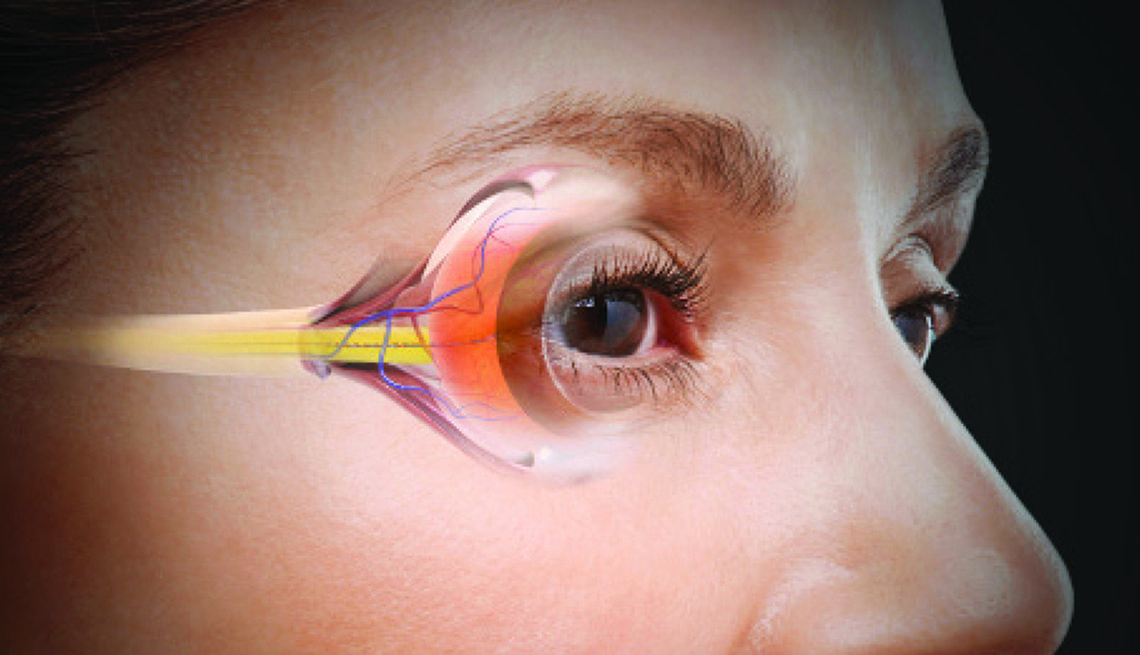Eye treatments encompass a wide array of interventions designed to address vision impairments, eye diseases, and injuries. These treatments range from non-invasive options such as corrective lenses and medications to more advanced procedures like laser surgeries and cutting-edge gene therapies. Corrective lenses, including glasses and contact lenses, are the most common solutions for refractive errors, while eye drops and oral medications are used for conditions like dry eyes, glaucoma, and infections. For more severe or complex issues, laser therapies such as LASIK offer a means to correct vision permanently, and surgical procedures like cataract surgery and corneal transplants restore vision in cases where less invasive treatments are insufficient.
Advancements in eye care technology have expanded treatment possibilities, enabling personalized care for a variety of conditions. Laser treatments and surgeries have become more precise and less invasive, offering quicker recovery times and improved outcomes. For conditions previously deemed untreatable, such as certain genetic disorders, innovative approaches like gene therapy present new hopes for restoration and preservation of vision. Despite these advancements, the foundation of eye health remains in preventative care, including regular eye exams, protection against injuries, and maintaining a healthy lifestyle. Such measures, combined with the guidance of eye care professionals, are essential in ensuring the longevity of eye health and the effectiveness of treatments.


Eye treatments encompass a diverse range of medical interventions aimed at addressing and correcting various conditions that affect vision and eye health. These treatments vary widely, from simple corrective measures like eyeglasses and contact lenses designed to correct refractive errors, to more complex surgical procedures aimed at treating serious conditions such as cataracts, glaucoma, and retinal detachments. Non-surgical options also include medications in the form of eye drops or oral drugs to treat infections, allergies, dry eyes, or glaucoma, and laser therapies like LASIK for permanent vision correction or laser trabeculoplasty to improve drainage in glaucoma patients.
The advancement of medical technology has greatly expanded the scope and efficacy of eye treatments, offering new hope for conditions that were once considered untreatable. Innovative approaches such as gene therapy for genetic eye disorders and stem cell treatments for degenerative eye diseases represent the cutting edge of ophthalmology. Despite these advancements, the foundation of maintaining eye health remains rooted in prevention, including regular eye exams, protective eyewear when necessary, and a healthy lifestyle. These practices, coupled with early intervention and personalized treatment plans, are key to preserving vision and ensuring the long-term health of the eyes.

Ideal candidates for eye treatments are those seeking to address aging, lifestyle, or genetic concerns around the eyes, such as droopy eyelids, under-eye bags, or wrinkles, and who are in good overall health without medical conditions that could impair healing. They should have realistic expectations about the outcomes, be non-smokers or willing to quit, possess relatively healthy skin, and commit to following pre- and post-treatment guidelines. Moreover, having no serious eye conditions is essential for ensuring the safety and effectiveness of the treatment.
The cost of eye treatments can vary widely, influenced by factors such as the procedure type, the expertise and reputation of the practitioner, and the geographic location of the clinic. Non-surgical options, including injectables, laser treatments, and topical products, generally come at a lower cost compared to surgical procedures like blepharoplasty. The specific needs and goals of the patient also play a critical role in determining the overall cost. It's essential for individuals considering eye treatments to consult with professionals to understand the full scope of their options and any associated costs, keeping in mind that investing in expertise and quality care is crucial for the best outcomes.


Eye treatments offer numerous benefits, including an improved appearance by reducing signs of aging such as wrinkles, fine lines, under-eye bags, and eyelid droopiness, resulting in a more youthful and refreshed look. Additionally, certain procedures, such as blepharoplasty, can enhance vision by removing excess skin and fat that may obstruct peripheral vision. These treatments can also boost self-confidence and overall quality of life by aligning one's external appearance with their internal sense of self. Whether opting for surgical or non-surgical methods, individuals can expect to see significant improvements that go beyond mere aesthetics.
When considering eye treatments, patients can anticipate an initial consultation to discuss their aesthetic goals and evaluate their suitability for the procedure. This may involve a thorough examination of the eye area and a discussion about the various treatment options available, whether surgical or non-surgical. Recovery times and expectations vary depending on the chosen treatment, with non-surgical options typically requiring minimal downtime and surgical procedures involving a more extended recovery period. Throughout the process, patients should expect clear communication from their healthcare provider regarding pre-treatment preparations, post-treatment care, and realistic outcomes. The goal is not only to enhance the appearance but also to ensure a safe and satisfactory experience, with professional guidance available every step of the way.

